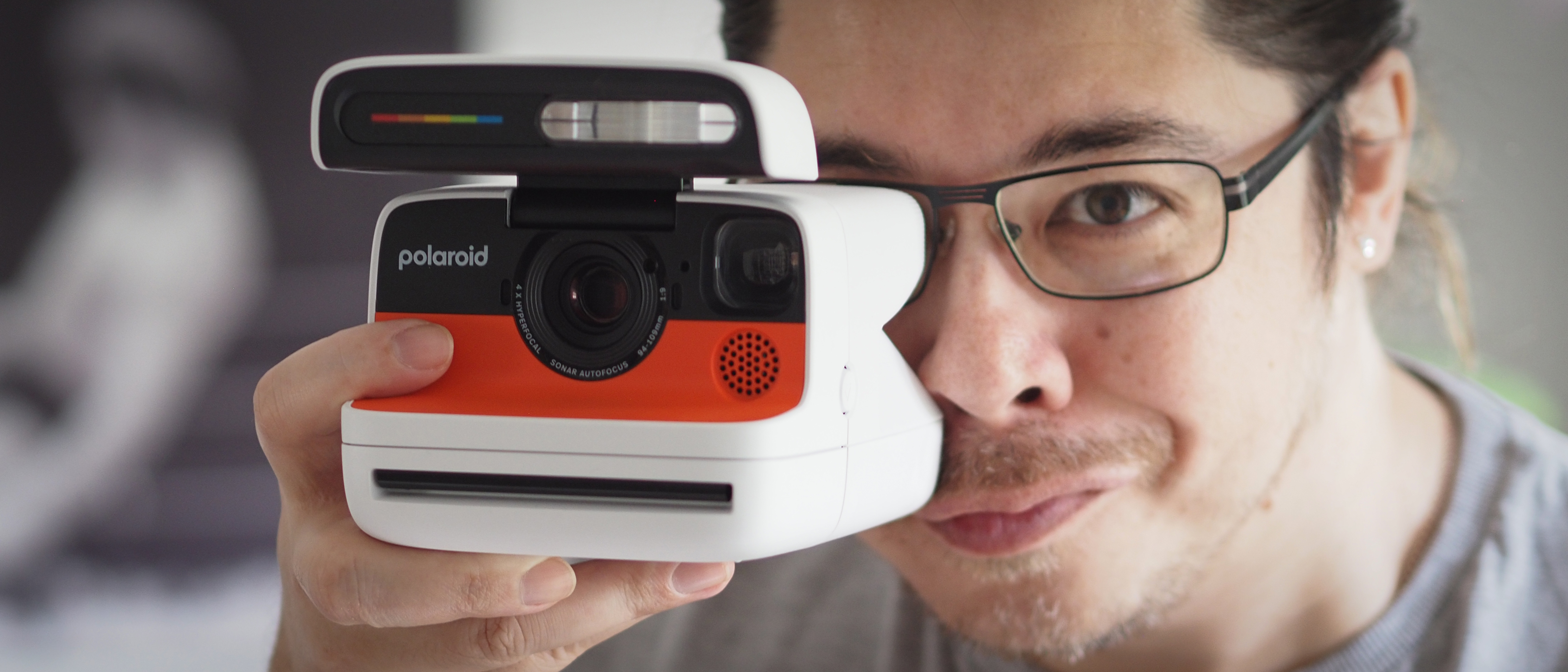So crazy, it might just be true. Are DJI and Huawei REALLY making a camera?
Rumors are rife that DJI is making a mirrorless camera, possibly with Huawei – and it could totally transform the industry
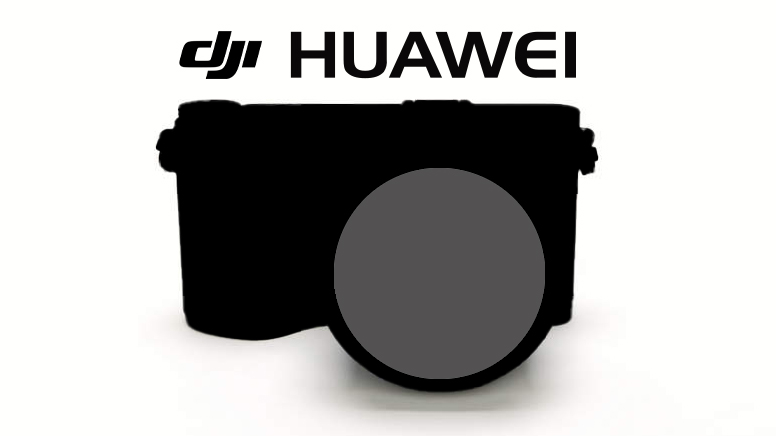
Last month, it was rumored that DJI is planning to launch a mirrorless camera. Now those rumors have evolved to include Huawei, with speculation that the two Chinese giants could team up to release a new interchangeable lens camera [ILC].
While I'll start by saying that this would be absolutely massive, and could utterly transform the industry, before I get too carried away I need to put a couple of asterisks next to things.
Firstly, as with all camera rumors, this automatically needs to be taken with a dollop of salt. And when it comes to the addition of Huawei to the mix, this information comes from a Weibo post that was written way back in March – two points that require two further servings of sodium.
Disclaimers out of the way, though, there are plenty of reasons why this might be true – and why it really could work, creating a new power in the camera industry.
The rumor
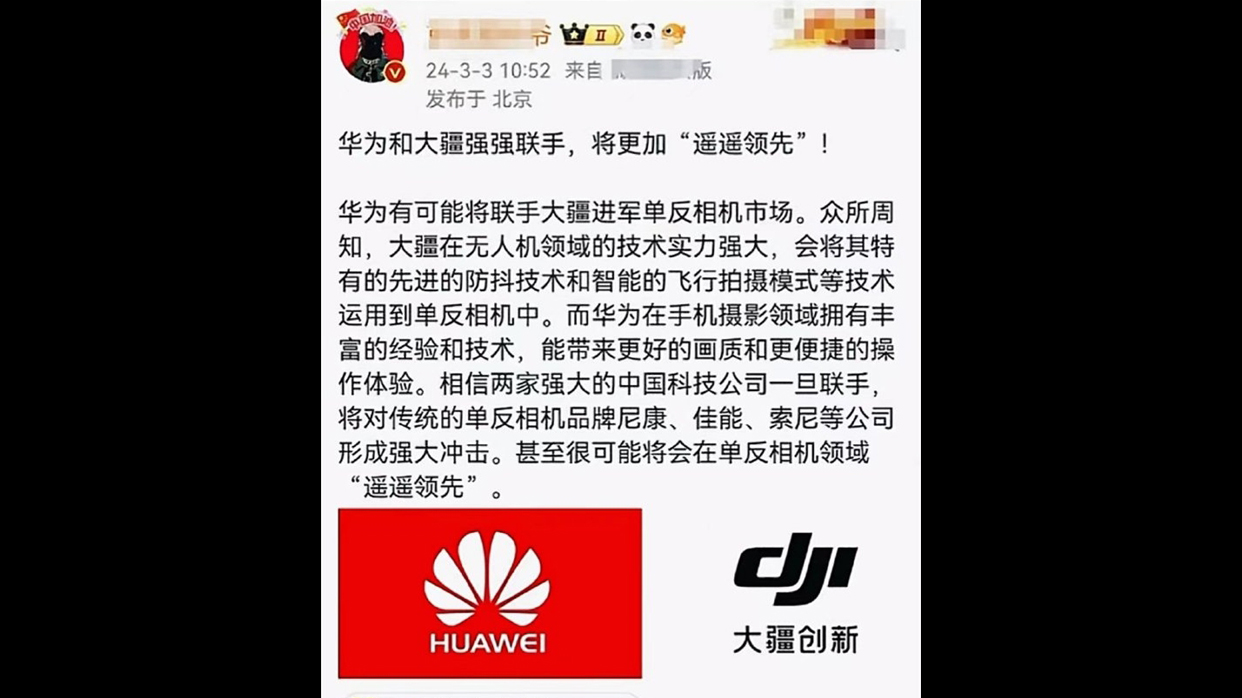
As noted, this is a post from Chinese social media network Weibo back in March that was unearthed by the website Fast Technology:
"Huawei may join hands with DJI to enter the SLR camera market. As we all know, DJI has strong technical strength in the field of drones and will apply its unique advanced anti-shake technology and intelligent flight shooting mode to SLR cameras. Huawei has rich experience and technology in the field of mobile phone photography, which can bring better image quality and more convenient operation experience.
"It is believed that once the two powerful Chinese technology companies join forces, they will have a strong impact on traditional SLR camera brands such as Nikon, Canon, Sony and other companies. It is even very likely that they will be 'far ahead' in the field of SLR cameras."
Get the Digital Camera World Newsletter
The best camera deals, reviews, product advice, and unmissable photography news, direct to your inbox!
The reality
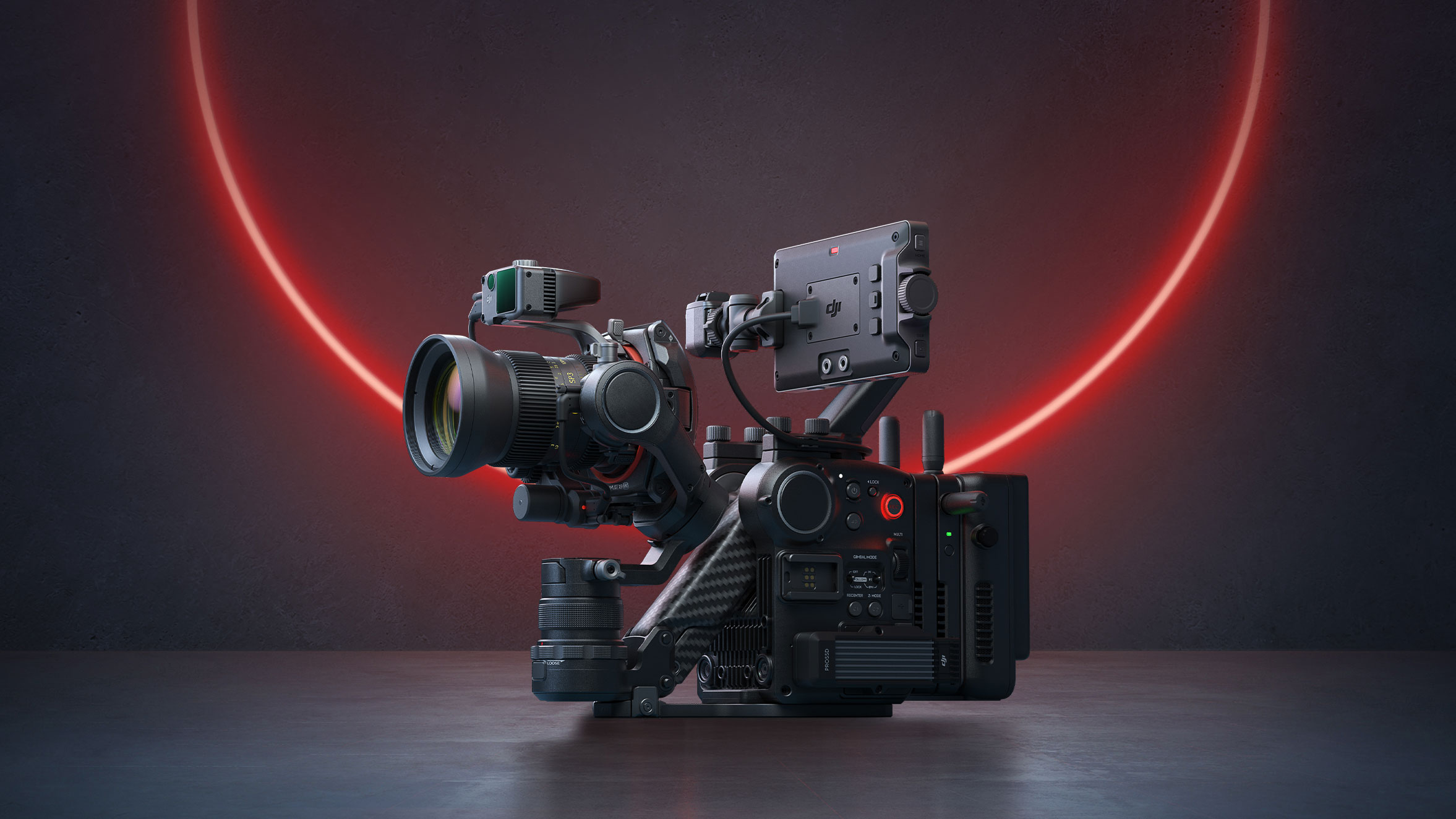
Let's start with the practicalities: DJI is already a member of both the Micro Four Thirds (MFT) group and the L-Mount Alliance, and it already makes devices using MFT sensors (in its Zenmuse X5R aerial camera) as well as full-frame sensors (in the DJI Ronin).
So there's no learning curve here. This isn't like when fellow Chinese brand Yongnuo decided to launch a mirrorless camera (the Yongnuo YN450) and had to learn from scratch. DJI isn't just an overambitious drone manufacturer; it has been working with mirrorless sensors for years – and clearly knows what it is doing with them.
It's not just sensor tech that DJI has mastered, either. Just look at the success story that is the Osmo Pocket range: a fantastic line of cameras that are technically and functionally fantastic, and have created an entirely new product category (which is so good that even Canon wants to follow suit).
And of course, there's the small matter of Hasselblad – which is owned by DJI, giving it direct insight and expertise in mirrorless cameras. Up until now the two brands have been kept very separate, which I don't see changing – and I would be absolutely astonished if this new camera is medium format. But behind the scenes at least, I've no doubt that DJI will be taking cues from Hasselblad in terms of things like image engines, color science and so on.
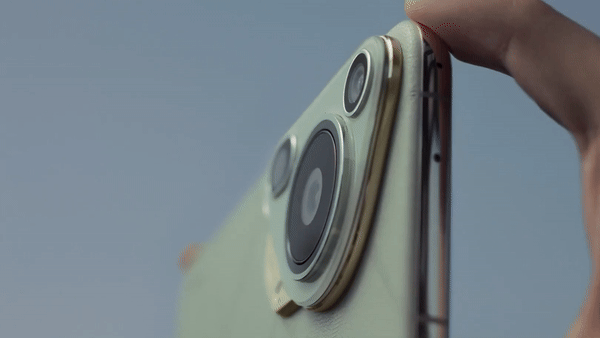
Where does Huawei fit in? Well, until the unfortunate trade dispute with the US (more on that in a minute), Huawei phones were widely regarded as the best camera phones you could buy, with cutting-edge computational features that used software to squeeze the best images out of sensors – an area that traditional camera companies still haven't caught up on.
Rumors from elsewhere on the web are suggesting that DJI would launch a full-frame L-Mount camera, rather than a Micro Four Thirds affair. Given the decline in popularity of MFT bodies, this would certainly make sense – though at the same time, given how much of DJI's stabilization wizardry and imaging tech is based around working with smaller sensors, I wouldn't count anything out.
Either way, what we're potentially looking at is a new camera system that's going to have hundreds of lenses at launch, a super-friendly user interface, brilliant stabilization, a smartphone app that actually works, and bleeding-edge computational photography features that could give us the kind of "better pictures on my phone" results than current cameras are capable of (think taking photos of sunsets or cloudy skies with your phone versus a camera).
Even respected YouTuber and photographer Tony Northrup thinks this could be huge. "This should be alarming to all the Japanese manufacturers," he commented when Mirrorless Rumors reported on the story.
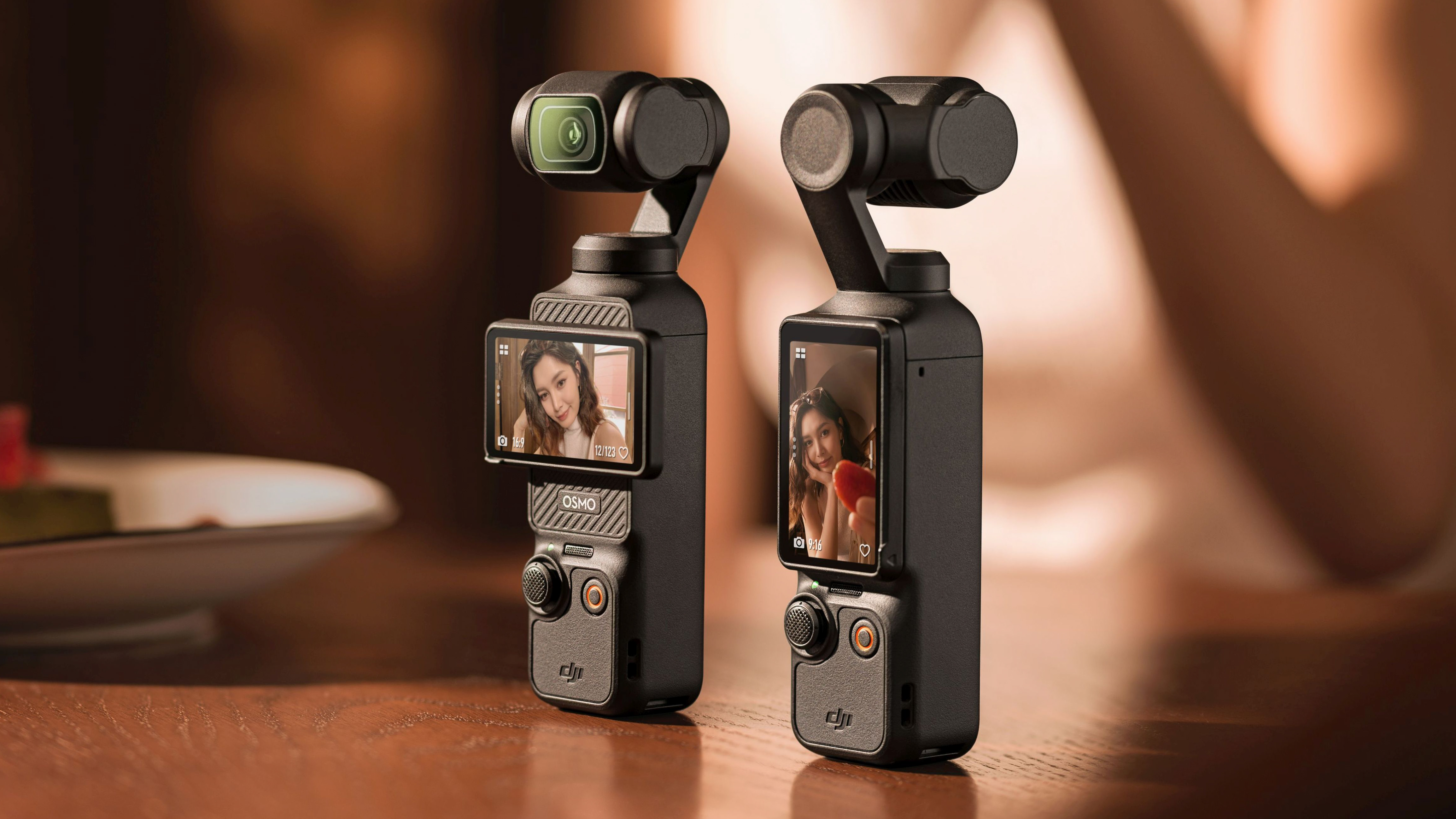
"If you consider the DJI Pocket 3, its tech makes traditional cameras seem 20 years old. Wireless mics connect automatically with no receiver. The app works with no frustration, and files transfer over WiFi at least 10X faster than Canon, Sony, or Nikon apps. The controls work just as well for vertical video. Most importantly, you don't have to read the manual to get the most out of the camera, which is absolutely not true of other modern cameras. Oh, and it's $500.
"If DJI brings that simplicity to ILCs, it's not going to change the minds of most readers of blogs like this, but it will sway influencers and first-time camera buyers, for sure."
So, what's the catch? Well, again, right now this is all just rumor and speculation. Until DJI says something (and we've checked – it is being extremely tightlipped) it's all just something else that someone said on the internet.
We also can't forget the whole US trade dispute thing. Because not only was Huawei blacklisted by the US in 2018, but Congress is currently trying to ban DJI drones again. Can two companies who've already had headaches selling products in the USA really make a go of it by making a new product together?
It's going to be very, very interesting to see if there's any fire to this smoke…
You might be interested in the best mirrorless cameras currently on the market, along with the best DJI drones you can buy right now.

James has 22 years experience as a journalist, serving as editor of Digital Camera World for 6 of them. He started working in the photography industry in 2014, product testing and shooting ad campaigns for Olympus, as well as clients like Aston Martin Racing, Elinchrom and L'Oréal. An Olympus / OM System, Canon and Hasselblad shooter, he has a wealth of knowledge on cameras of all makes – and he loves instant cameras, too.
